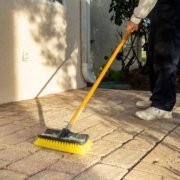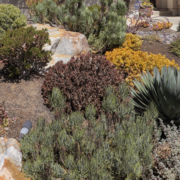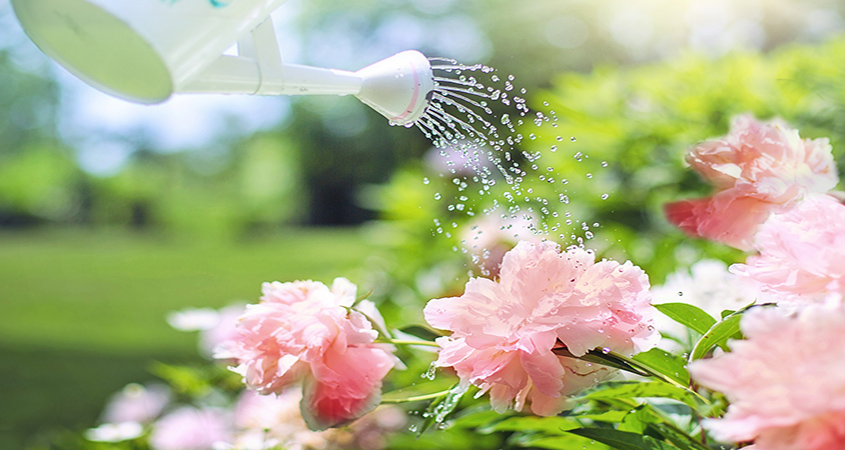Top 10 Tips for Saving Water This Fall
As drought conditions persist throughout the Southwest, the San Diego County Water Authority and its member agencies continue to actively support the state’s call for a 15% voluntary reduction in water use.
San Diego County residents and businesses can continue WaterSmart practices this fall by following these simple and easy tips to save water.
Simple Water Saving Tips For Fall
Find a discount. Take advantage of rebates on products that help reduce indoor and outdoor water use.
Shorten the shower. Keep showers to five minutes or fewer and save 2.5 gallons per minute.
Go low. Install aerators on faucets and low-flow showerheads to instantly save water every time you turn the tap.
Deploy the drip. Irrigate gardens with drip systems that minimize water waste by delivering water right at the roots.
Get smart. Install weather-based irrigation controllers in your landscape to take advantage of the latest smart technology that maximizes water-use efficiency.
Monitor the moisture. Use moisture meters to determine when and how much water plants need.
Embrace the broom. Use a broom instead of a hose to clean driveways, sidewalks, and patios.
Check your water footprint. Use an online water-use calculator to assess how much water your home uses compared to a WaterSmart home.
Turn to a pro. When it’s time to hire a landscaping professional, start with the list of Qualified Water-Efficient Landscapers who can make sure you are making the most of every drop.
Plant with perfection. Check out all the beautiful WaterSmart plant options that pair perfectly with San Diego County’s Mediterranean climate.
For more tips, resources and rebates, go to watersmartsd.org.





